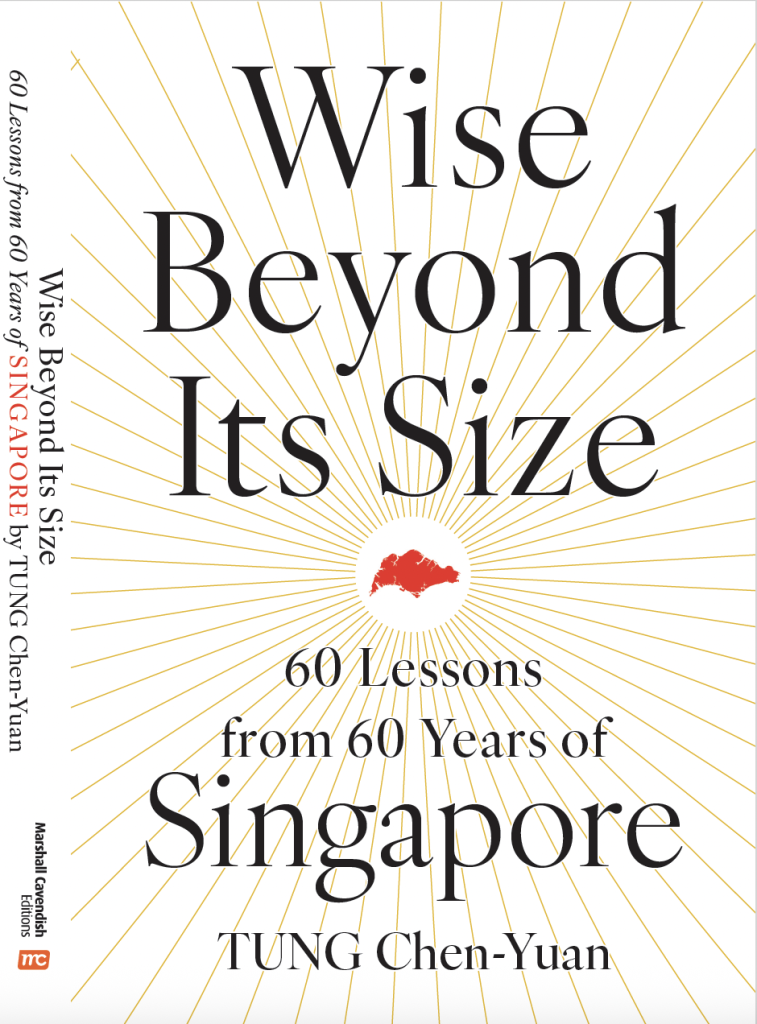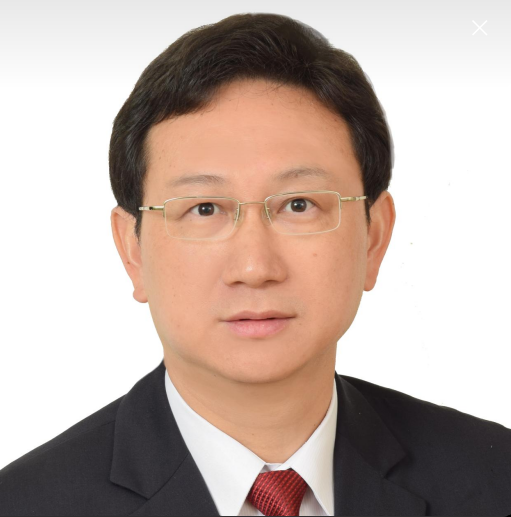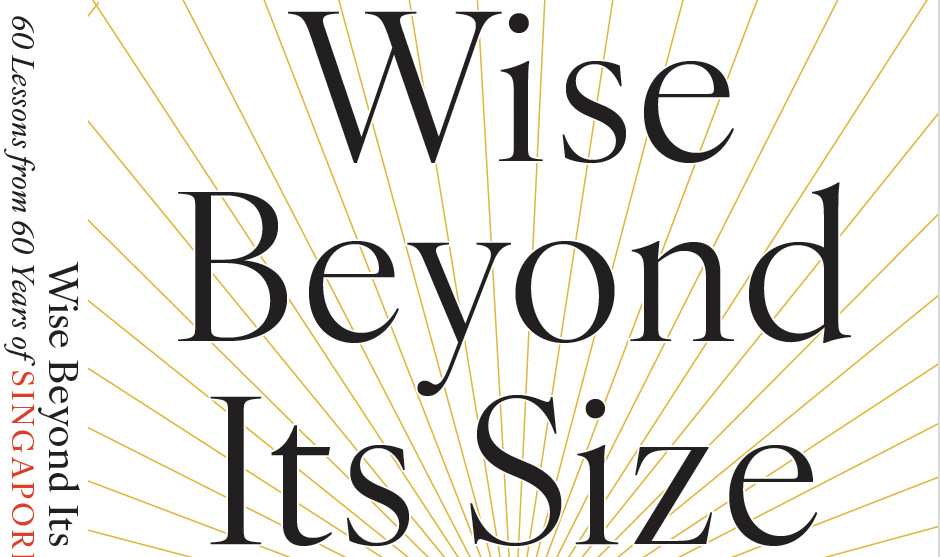Preface – Lessons from the Sixty-Year Journey of Singapore: Meritocracy, Good Governance, and Social Harmony
By Dr. TUNG Chen-Yuan
(Book is reproduced in the Kaohsiung Times with permission from the author)
This year, 2025, marks the 60th anniversary of Singapore’s independence. This small city-state, often referred to as the “Little Red Dot,” has consistently excelled on the global stage, ranking among the world’s top performers across multiple indicators and emerging as a leader in Asia. Singapore’s remarkable achievements in various domains merit deep reflection and study.
In 1965, Singapore—then with a land area of just 581 square kilometers and a population of 1.89 million—was compelled to separate from the Federation of Malaysia. It faced numerous challenges: limited land, scarce resources, ethnic tensions, and external threats. Yet through outstanding governance and forward-looking globalization strategies, Singapore transformed itself into a global hub of commerce and finance, becoming one of the most developed countries in Asia—and indeed, the world.
This book seeks to address a central question: How did Singapore, beginning under such disadvantageous conditions and facing daunting challenges, manage to transform into a modern global leader?
For me, this inquiry is not merely academic—it holds personal and historical significance. Having served in Singapore for nearly two years, despite the demands of official duties, I have experienced the rhythm, order, and efficiency of this city firsthand. I am deeply impressed by the reservoir of governance wisdom that underpins this small nation. Singapore’s achievements are no accident—they are the result of a sustained commitment to meritocracy, good governance, and the pursuit of social harmony.
I am fully aware that with just two years of living in Singapore, my understanding remains limited. I am still learning about the deeper historical and cultural contexts. Yet, perhaps because I am still relatively new, my senses remain fully attuned—allowing me to be inspired, even overwhelmed, by what I observe. The 60th anniversary of Singapore’s founding is a symbolically powerful moment, and I take this opportunity to share my initial impressions and reflections on its development experience—not only from an outsider’s perspective, but also as a tribute to its accomplishments over the past six decades.
Singapore’s economic progress is particularly striking. In 2024, its nominal GDP reached SG$ 731.4 billion (approximately US$ 547.7 billion). From 1965 to 2024, the compound annual growth rate (CAGR) of its economy was 7.0%, with real GDP doubling roughly every 10.5 years. Per capita GDP grew from SG$ 1,581 (around US$ 516) in 1965 to SG$ 121,161 (about US$ 90,689) in 2024—a CAGR of 7.5%, doubling about every 9.6 years. In short, over the past sixty years, both national and personal wealth have, on average, doubled every decade.
Singapore’s economic model emphasizes export orientation, foreign investment, and openness. In 2024, it ranked first globally in economic freedom. From 1965 to 2024, its foreign trade saw a CAGR of 10.0%, doubling every 7.3 years.
Moreover, by 2023, the cumulative stock of foreign direct investment (FDI) in Singapore had exceeded SG$ 2.8 trillion, with a CAGR of 15.1%, doubling in less than five years. That year, Singapore attracted US$ 159.7 billion in FDI, ranking third globally—just behind the United States and China, and trailing China by only US$ 3.6 billion. Meanwhile, its assets under management reached US$ 4.1 trillion, surpassing Hong Kong for the first time and establishing Singapore as Asia’s largest financial center.
In 2025, amid growing uncertainty driven by the United States’ unpredictable tariff policies, Prime Minister Lawrence Wong addressed the nation via social media on April 4. He warned that globalization and free trade were in retreat, and that small, open economies like Singapore—heavily dependent on trade—risked marginalization or exclusion. To withstand these shocks, he urged Singaporeans to rely on fiscal reserves, social cohesion, and firm resolve.
Shortly thereafter, Deputy Prime Minister and Minister for Trade and Industry Gan Kim Yong launched the Economic Resilience Taskforce. At its first meeting on April 16, the group outlined three key initiatives: information sharing, short-term support, and long-term strategic planning, aimed at helping local firms and workers—particularly small-medium enterprises (SMEs) —navigate the tariff challenges.
This new global trade crisis is testing the leadership and resilience of small nations. Singapore’s swift and effective response reflects the high-quality governance it has cultivated over six decades. The government prioritizes leadership capability, attracts top talent through competitive salaries to minimize corruption, and uses a performance-based remuneration system benchmarked to the private sector. It also invests heavily in professional public management and fosters cross-agency collaboration to enhance policy effectiveness.
Yet Singapore’s success is not built on economic efficiency alone. Its deeper foundation lies in social stability, ethnic harmony, and national cohesion.
As a multiracial, multilingual, and multireligious society, Singapore faced serious ethnic tensions and social fragmentation at its founding. The government enacted policies to foster integration and harmony, including language policy, ethnic quotas in public housing, and universal national service. These initiatives not only promoted social cohesion but also cultivated a shared sense of national identity across ethnic groups.
Underlying this system is a clear understanding: a small nation without internal stability cannot survive in the external world. Without social cohesion, political stability and economic development are difficult to sustain.
To meet global challenges, Singapore has adopted multiple strategies: prudent fiscal and monetary policy, support for innovation and transformation, investments in education and talent, and public-private cooperation to enhance governance. Its three core economic strategies focus on strengthening technological and innovation capacity, enhancing the business ecosystem, and overcoming infrastructure and resource constraints.
In defense, Singapore continues to invest in self-reliance, allocating about one-fifth of the national budget—or 3% of GDP—to defense, with national service bolstering both national identity and civic responsibility.
Diplomatically, Singapore adheres to principles of non-alignment, multilateralism, and consistency, emphasizing credibility, transparency, and long-term partnerships—allowing it to maintain an independent and advantageous strategic position amid major-power rivalry and regional cooperation.
On the talent front, government ministries offer numerous scholarships to enable outstanding students to study at top universities at home and abroad, then return to serve in public institutions. A robust system ensures career development and leadership cultivation. This is not only talent development—it is a commitment to sustaining and upgrading the quality of governance.
In housing, as described in the book The Little Red Dot, 79% of Singapore’s population lived in slums at the time of independence in 1965. By 1985, Singapore had become the first Asian city without slums or squatter settlements. By 1989, 87% of the population lived in public housing.[1] As of 2023, 77.8% of households lived in about 1.2 million HDB flats, and 89.7% of Singaporeans owned their homes.

Singapore’s forward-looking strategies span education, human capital, industrial transformation, and infrastructure. These include personalized education, lifelong learning, AI and energy infrastructure, biomedical and semiconductor R&D, land reclamation, port and airport expansion, and long-term investment via sovereign wealth funds to ensure fiscal sustainability.
I do not seek to idealize the Singapore model. It faces challenges too—land scarcity, low birth rates, aging, integration between immigrants and locals, rising costs, social competition, climate change, energy transition, and growing trade barriers amid anti-globalization trends. Yet Singapore is leveraging six decades of accumulated wisdom to respond proactively. These experiences offer valuable lessons for any nation seeking reform and progress.
Singapore’s 60-year journey reveals a fundamental truth: a nation’s destiny depends not only on resources, population, or geography, but on talent development and meritocracy. Singapore has cultivated, attracted, empowered, and respected talent, placing top professionals at the helm of politics, economics, society, and culture—thus shaping the Singapore of today.
One example is Liu Thai Ker, widely known as the “Architect of Modern Singapore” and the “Father of Public Housing.” He returned from the U.S. in 1969 at the government’s invitation, serving 20 years at the Housing & Development Board (HDB) —ten as CEO. During that time, he had more than 20 one-on-one lunch meetings with founding Prime Minister Lee Kuan Yew, each lasting about an hour. Lee typically raised three issues per session, including new strategies—some of which Liu initially disagreed with, but Lee would eventually accept Liu’s opinions after discussion.
Reflecting on this, Liu told me with emotion: “Singapore’s highest authority is not the Prime Minister or the President—it is the truth.” In The Little Red Dot, which he edited, Liu also wrote: “Singapore’s success is the success of its talent strategy. It is thanks to the dedication of a great number of outstanding civil servants that Singapore has become what it is today.”[2]
This book aims to examine Singapore’s development experience over sixty years. It is structured into ten themes across sixty chapters, providing a comprehensive look at its governance and achievements. It begins with a general overview of Singapore’s rise from poverty to prosperity, then delves into the core of its success—government governance—followed by its foreign and defense strategies in an uncertain world.
On development, it covers economic growth, strategic use of key production factors such as land, water, energy, and manpower. The education system section explores talent cultivation, while science and innovation focus on digital transformation and environmental sustainability.
Urban planning highlights housing, transport, and green sustainability. Social harmony examines multicultural integration and legal safeguards. Lastly, tourism and culture explain how Singapore built a compelling and competitive national brand through soft power and international marketing.
At this historic milestone, I hope to share with readers my observations of Singapore’s development journey, institutional ideals, and policy wisdom. I sincerely wish that, with its solid foundation, Singapore will continue to chart a successful course through the turbulent tides of anti-globalization.
This book is my humble tribute to Singapore’s remarkable sixty-year achievement and a meaningful reference for those seeking to understand its rise.
Finally, I extend my heartfelt thanks to the publisher’s editorial and design team, and especially to Professor Goh Yeng Seng and his wife, Ms. Chiang Ching-Fang. Their support in proofreading and polishing the Chinese drafts, enriching the content with detailed insights, has brought the manuscript closer to the realities of Singapore. Their generous help has been both intellectually rewarding and personally touching—I will remember it always.
Tung Chen-Yuan
Taiwan’s Representative to Singapore
June 29, 2025
About the Author:

Dr. Tung Chen-Yuan is currently Taiwan’s Representative to Singapore. He was Minister of the Overseas Community Affairs Council of the Republic of China (Taiwan) from June 2020 till January 2023. He was Taiwan’s ambassador to Thailand from July 2017 until May 2020, senior advisor at the National Security Council from October 2016 until July 2017, and Spokesman of the Executive Yuan from May to September 2016. Prior to taking office, Dr Tung was a distinguished professor at the Graduate Institute of Development Studies, National Chengchi University (Taiwan). He received his Ph.D. degree in international affairs from the School of Advanced International Studies (SAIS), Johns Hopkins University. From September 2006 to May 2008, he was vice chairman of the Mainland Affairs Council, Executive Yuan. His areas of expertise include international political economy, China’s economic development, and prediction markets.
[1] Liu Thai Ker (ed.), The Little Red Dot (Singapore: Centre for LiveableCities, 2016), pp. 33, 54.
[2] Liu Thai Ker (ed.), The Little Red Dot (Singapore: Centre for LiveableCities, 2016), p. 4.



